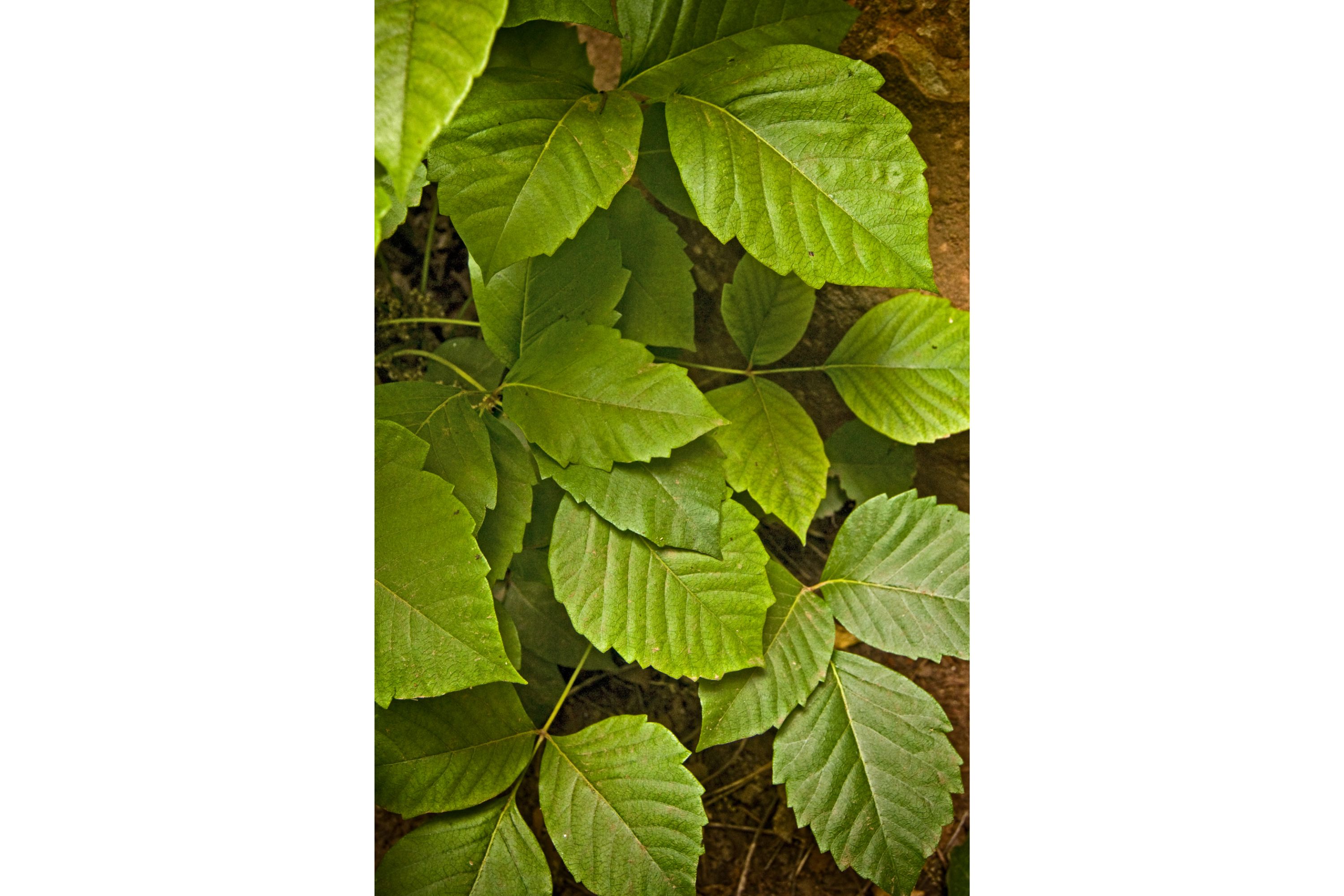Western poison ivy
(Toxicodendron rydbergii)

Description
Toxicodendron rydbergii, commonly known as Rydberg's poison ivy or western poison ivy, is a species of flowering plant in the Anacardiaceae family. This species is native to North America and is commonly found in the western United States and Canada. Rydberg's poison ivy is a woody vine that is capable of causing a painful and itchy rash in humans when touched. In this article, we will explore the various aspects of Toxicodendron rydbergii, including its description, habitat, toxicology, and treatment of poison ivy rashes. Description Toxicodendron rydbergii is a deciduous, perennial woody vine that can grow up to 3 meters (10 feet) in length. It has compound leaves that are arranged in groups of three, with each leaflet being ovate in shape and having a pointed tip. The leaves are green in color during the summer and turn yellow or red in the fall. The vine produces small, greenish-yellow flowers in the spring, which are followed by white berries that mature in the fall. Habitat Toxicodendron rydbergii is typically found in dry, open habitats such as rocky slopes, hillsides, and canyons. It can also be found in forested areas, especially in the understory of pine and oak woodlands. Rydberg's poison ivy is commonly found at elevations ranging from 300 to 2,400 meters (1,000 to 8,000 feet) above sea level. Toxicology Toxicodendron rydbergii produces an oil called urushiol, which is responsible for causing the painful and itchy rash commonly associated with poison ivy. Urushiol is present in all parts of the plant, including the leaves, stems, and roots. The oil can remain active on the plant and other surfaces, such as clothing or tools, for up to five years. When a person comes into contact with urushiol, it can cause an allergic reaction that can last for up to three weeks. Symptoms of poison ivy rash include redness, swelling, blisters, and intense itching. Treatment The best way to avoid poison ivy rash is to avoid contact with the plant. If you do come into contact with the plant, it is important to wash the affected area with soap and water as soon as possible. This will help to remove the urushiol oil from your skin and prevent it from spreading. If you do develop a poison ivy rash, there are several over-the-counter treatments available, including calamine lotion, hydrocortisone cream, and antihistamines. In severe cases, a doctor may prescribe oral steroids to reduce inflammation. In conclusion, Toxicodendron rydbergii, or Rydberg's poison ivy, is a common plant found in the western United States and Canada. While it is a beautiful plant, it is important to be aware of its toxic properties and take precautions to avoid contact with it. If you do come into contact with the plant, prompt treatment can help to alleviate the symptoms of poison ivy rash.
Taxonomic tree:







